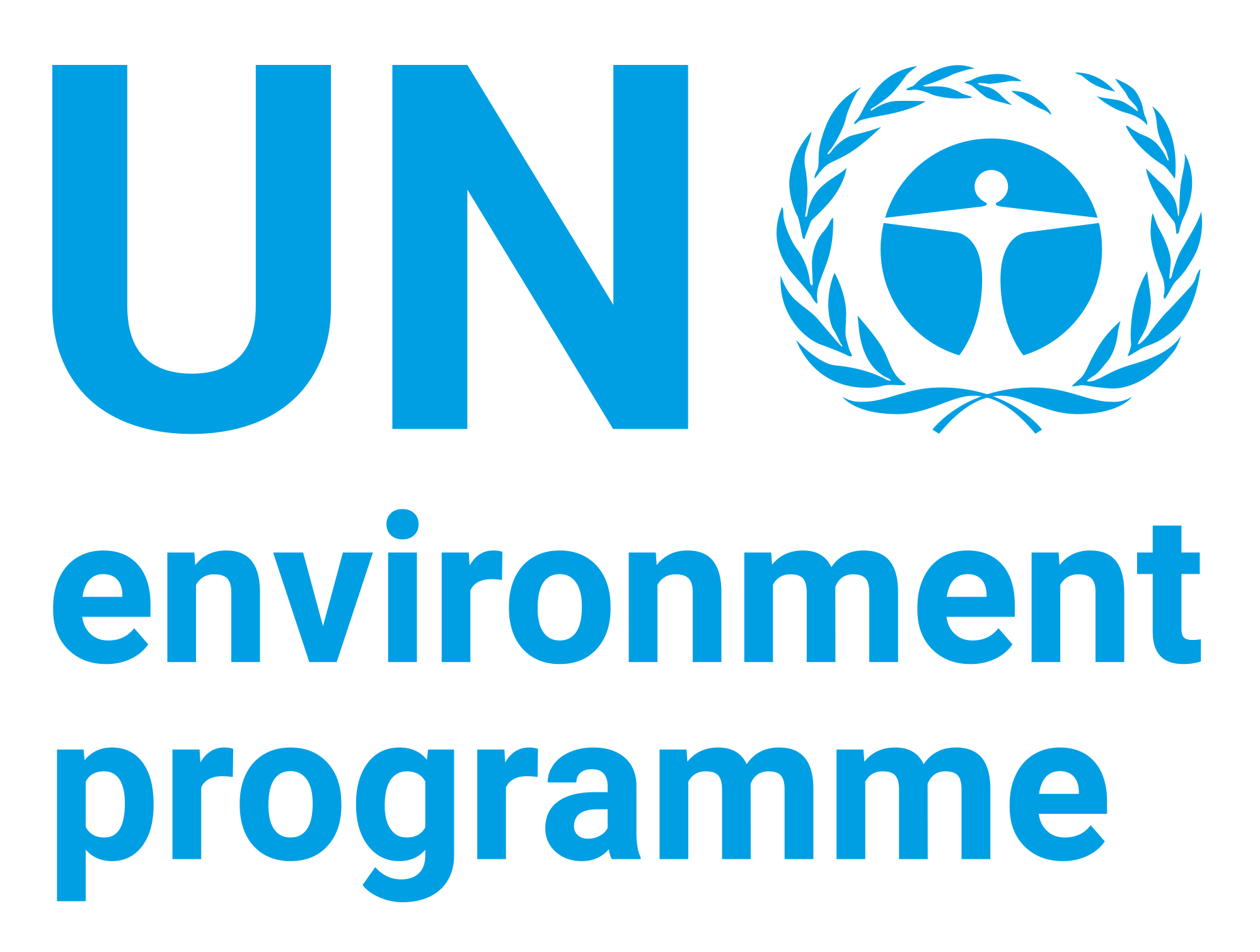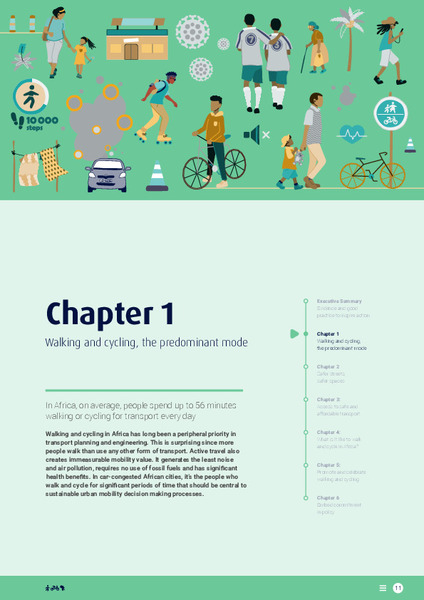| dc.contributor | Economy Division | en_US |
| dc.contributor | Africa Office | en_US |
| dc.contributor.author | United Nations Environment Programme | en_US |
| dc.contributor.author | United Nations Human Settlements Programme | en_US |
| dc.contributor.other | WALK21 | en_US |
| dc.coverage.spatial | Africa | en_US |
| dc.date.accessioned | 2022-05-31T08:18:39Z | |
| dc.date.available | 2022-05-31T08:18:39Z | |
| dc.date.issued | 2022-06 | |
| dc.identifier.uri | https://wedocs.unep.org/20.500.11822/40074 | |
| dc.description | Walking and cycling in Africa has long been a peripheral priority in transport planning and engineering. This is surprising since more people walk than use any other form of transport. Active travel also creates immeasurable mobility value. It generates the least noise and air pollution, requires no use of fossil fuels and has significant health benefits. In car-congested African cities, it’s the people who walk and cycle for significant periods of time that should be central to sustainable urban mobility decision making processes. | en_US |
| dc.format | Text | en_US |
| dc.language | English | en_US |
| dc.relation | Walking and Cycling in Africa: Evidence and Good Practice to Inspire Action | en_US |
| dc.relation.ispartof | Walking and Cycling in Africa: Evidence and Good Practice to Inspire Action | en_US |
| dc.rights | Public | en_US |
| dc.subject | sustainable transport | en_US |
| dc.subject | traffic safety | en_US |
| dc.subject | Africa | en_US |
| dc.title | Chapter 1. Walking and Cycling: The Predominant Mode | en_US |
| wd.topics | Climate Action | en_US |


